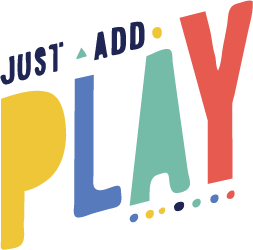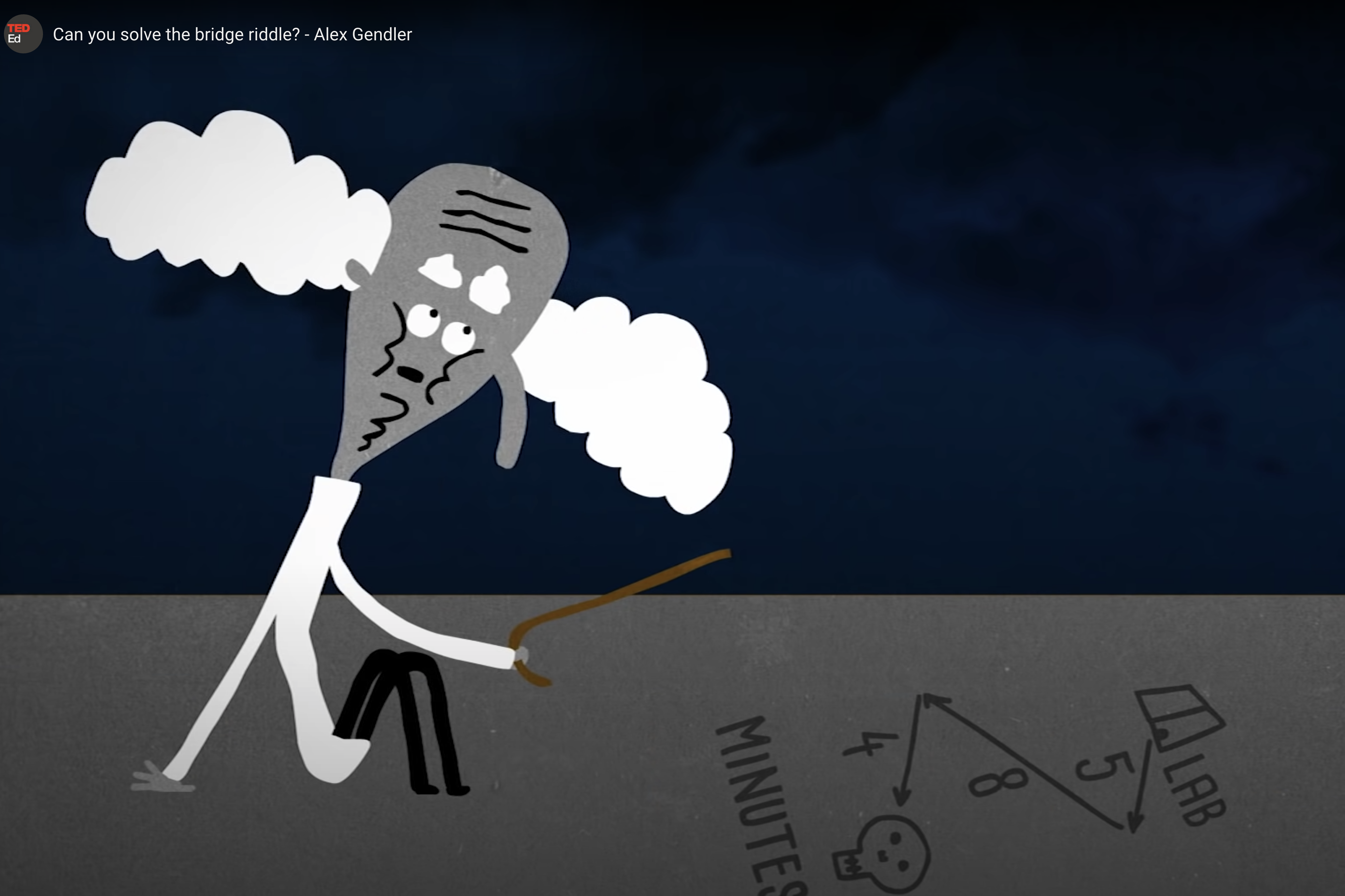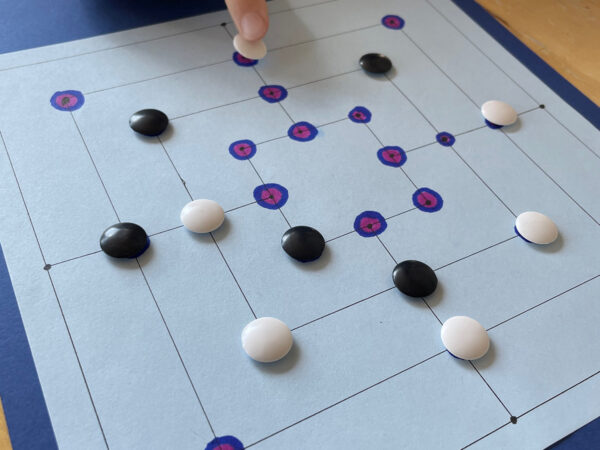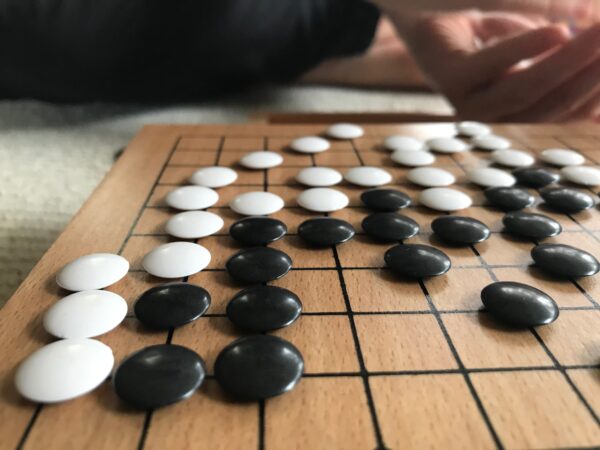Mad scientists escaping zombies. Pirates looking for buried treasure on an island archipelago. Wizards trying to minimize the odds of being turned into fish or cats. The TedEd Riddle Series is full of fun scenarios that pose classic math and logic challenges for kids.
Why We Love These Puzzles
My son loves these puzzles because the animations are super engaging and fun. Like other TedEd animations, they draw kids in with great storylines and humor. Framing the problems with stories also makes them less intimidating, and helps my son stay motivated. (I always know my son is engaged and ready to dig into a problem when he breaks out the whiteboard.)
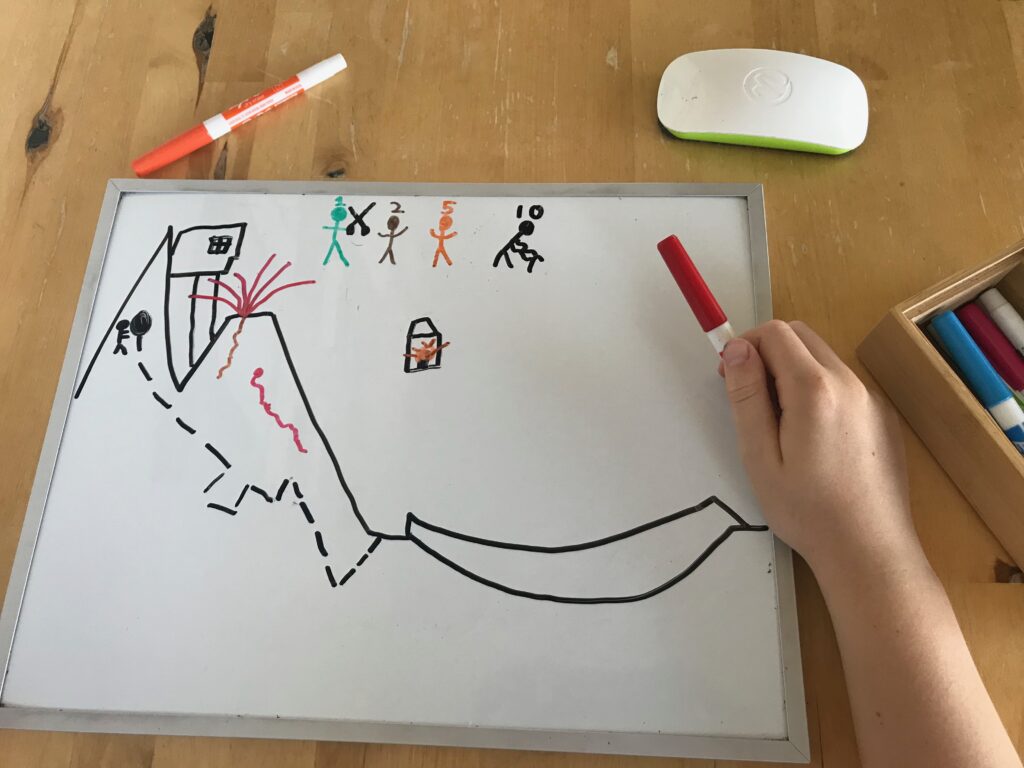
I love these puzzles because they cover a wide range of problem types and encourage critical thinking. For example, some puzzles rely on probability, while others help practice visual modeling. They even include resources for digging deeper into the math concepts involved in each riddle.
More than any particular problem solving method, though, these puzzles require a little bit of creative inspiration. They require kids to toss the problems around for a while, and view them from different angles. They reward persistence, as they allow kids to experience that beautiful “A-Ha!” moment, where a solution seems to appear out of nowhere, in a flash.
Once they find an answer, these problems are a great way for kids to practice explaining their solutions. How do they know their answer is right? What was a key component to solving this problem? Can you convince me that you’re right? This type of thinking and explaining is great practice for when kids start to tackle bigger math problems and proofs.
How to Incorporate These Puzzles Into Your Routine
We like to use these puzzles as a family challenge. We watch a video together, and then spend the week individually trying to solve it. Think of it as the math equivalent to the trivia question posted at your local restaurant or bar. It’s presented and available for everyone to try.
In terms of schedule, the puzzles fit into our “playful math” component of our routine. Rather than do a bunch of these puzzles back-to-back, I like to sprinkle these in between bigger math projects. So, for example, if we just spent 3 or 4 weeks playing GO, but haven’t started another big topic, we may take a week of playful math time to explore these puzzles. (Note: Each of these puzzles may take several sittings to solve.)
These puzzles would also work well as a fun end-of-the-week activity, or for after your child finishes their skills work each day. They are an easy option for any time you want to incorporate some fun problem solving into your routine. Just be careful — if you’re like me, solving these problems will become too handy of an excuse to avoid doing the dishes or cleaning up from the day!
